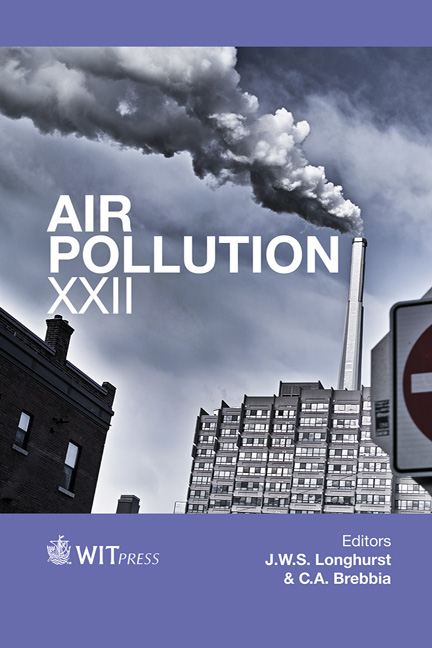Developing A Methodology To Predict PM10 Urban Concentrations Using GLM
Price
Free (open access)
Transaction
Volume
183
Pages
12
Page Range
49 - 60
Published
2014
Size
518 kb
Paper DOI
10.2495/AIR140051
Copyright
WIT Press
Author(s)
J. M. Garcia, F. Teodoro, R. Cerdeira, L. M. R. Coelho & M. G. Carvalho
Abstract
A methodology using Generalized Linear Models (GLM) was developed and tested to build a model to predict PM10 outdoor urban concentrations. The methodology is based in the previous study of the relations between atmospheric concentrations of air pollutants CO, NO2, NOx, VOCs, SO2, and meteorological variables, air temperature, relative humidity and wind speed, in a particular city (Barreiro, Portugal). The model uses data from the Portuguese monitoring air quality stations network, and meteorological data. The developed GLM model consider as dependent variable PM10 outside air concentrations, and considers as explanatory independent variables or covariates, the air concentrations of pollutants NO2, NOx, CO, O3 but also the meteorological variables, air temperature, relative humidity of outside air and wind speed. A logarithmic link function was considered with a Poisson probability distribution. Particular attention was dedicated to cases with maximum air temperature below 25ºC and maximum air temperature above 25ºC. Results indicate that best performance results were achieved for model with values of maximum air temperature above 25ºC, when compared with model considering all data, or when compared with model considering maximum air temperature below 25ºC. The model was also tested with data from other Portuguese city (Oporto).
Keywords
outdoor air quality, PM10, generalized linear methods, SPSS.





